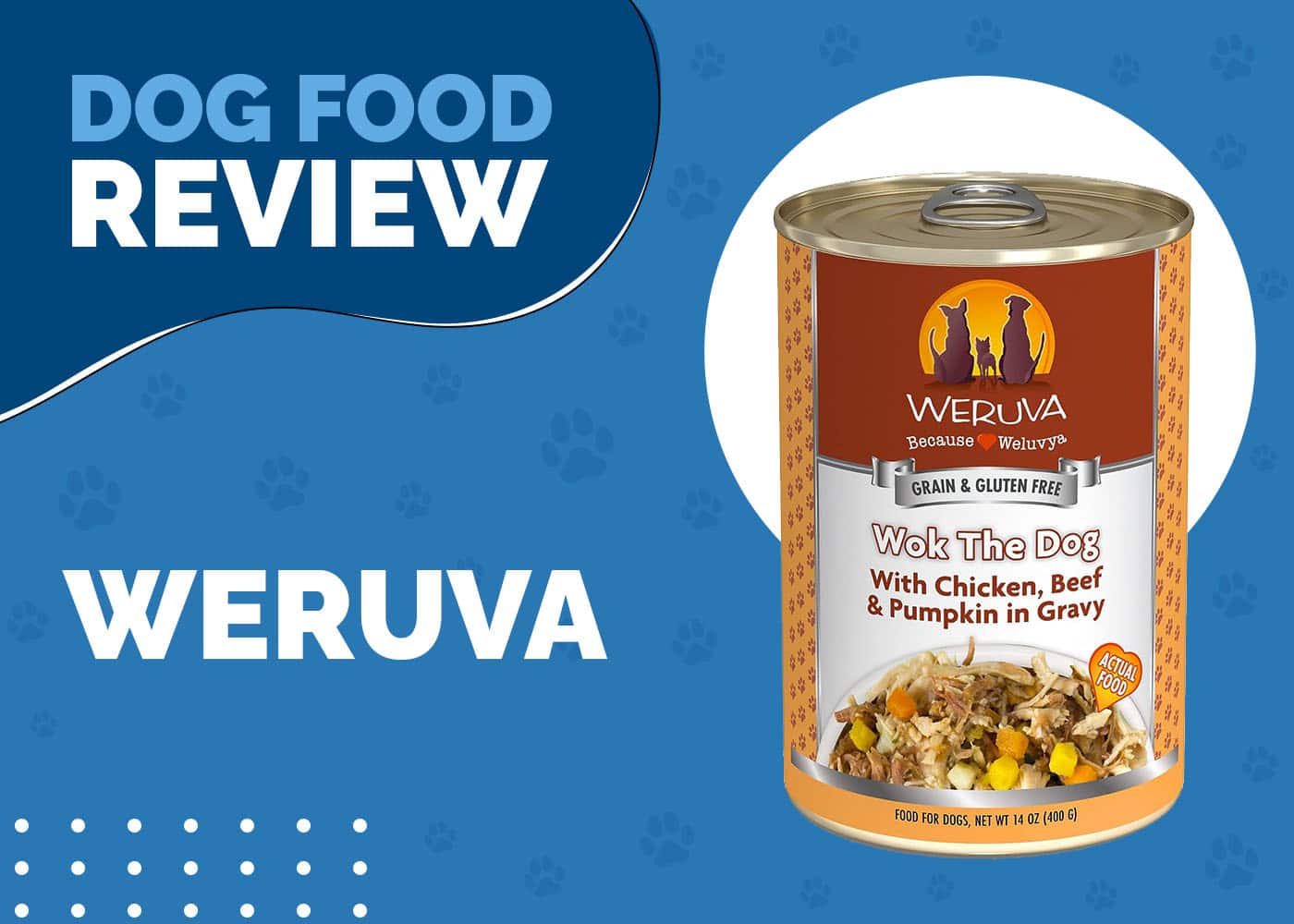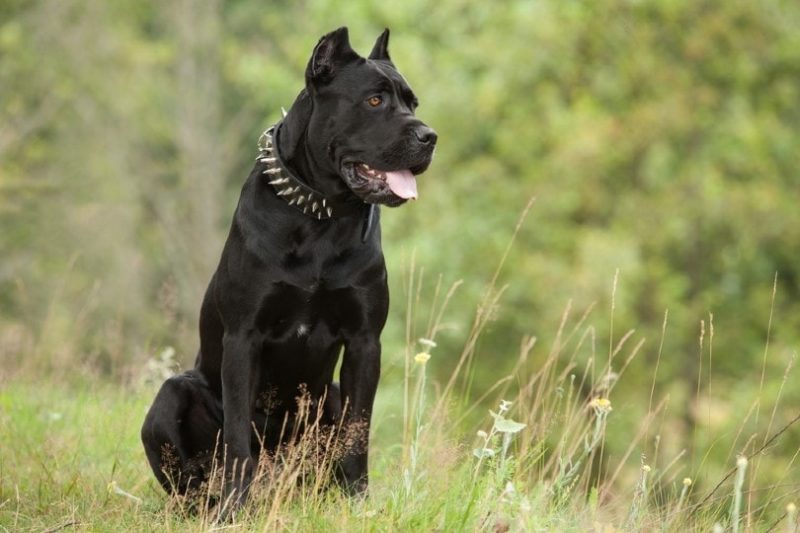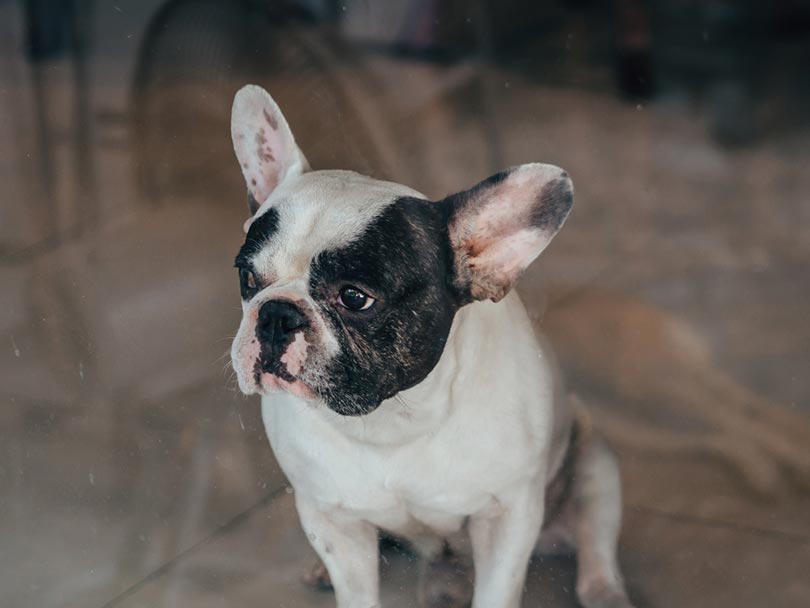Pembroke Welsh Corgi vs Pomeranian: Which One Is Right for Me? (With Pictures)

Updated on
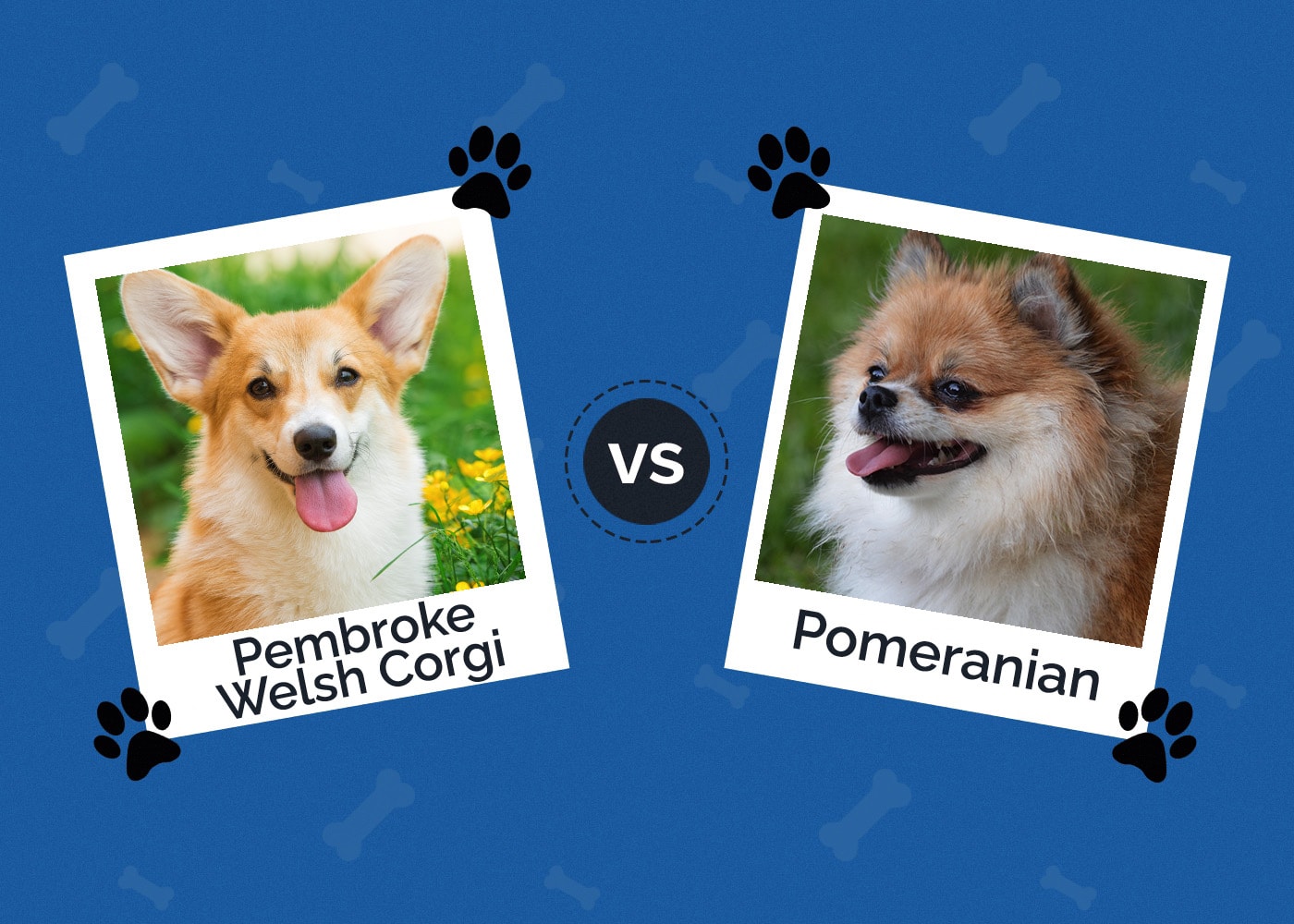
The Pembroke Welsh Corgi and Pomeranian are two breeds that are quite different in a lot of respects. The Corgi is bigger than the Pomeranian, although certainly not a large breed, and the Corgi can also tolerate hot weather a little better than the Pomeranian. Both can make great family dogs, but the Corgi is usually better with young children and will usually be patient and loving of even the youngest family members. And the Corgi tends to be friendlier towards strangers and other dogs, too, while also being easier to groom.
With all that said, the Corgi does have a slightly higher prey drive and its history as a heeler herding dog means that early training is important to prevent the Corgi from nipping at the heels of children and other people. The Corgi also has much greater exercise requirements than the Pomeranian and can be prone to moments of playful madness. Both breeds make excellent pets, but there are some differences that mean that one breed is likely to make a more suitable pet for your home than the other.
Read on to find out the differences and similarities and to determine which might be the best option for you and your family.
Visual Differences
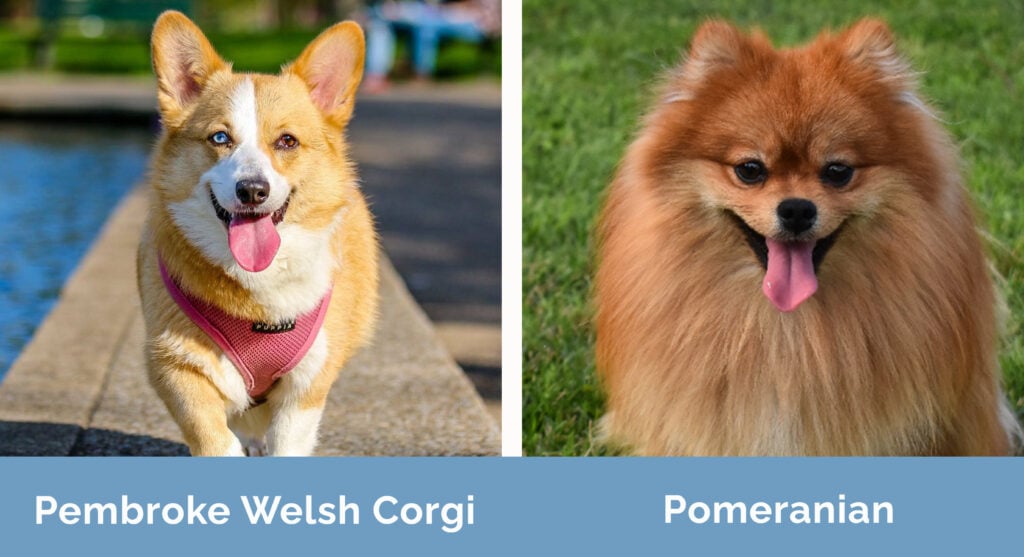
At a Glance
- Average height (adult): 10–12 inches
- Average weight (adult): 27–30 pounds
- Lifespan: 12–15 years
- Exercise: 1+ hours a day
- Grooming needs: Low/moderate
- Family-friendly: Yes
- Other pet-friendly: Usually
- Trainability: Intelligent and eager to please, but can be stubborn
- Average height (adult): 8–10 inches
- Average weight (adult): 3–8 pounds
- Lifespan: 12–16 years
- Exercise: 30–45 minutes a day
- Grooming needs: Moderate
- Family-friendly: Better with older children
- Other pet-friendly: With gradual introduction
- Trainability: Intelligent and fairly easy to train
 Pembroke Welsh Corgi Dog Breed Overview
Pembroke Welsh Corgi Dog Breed Overview
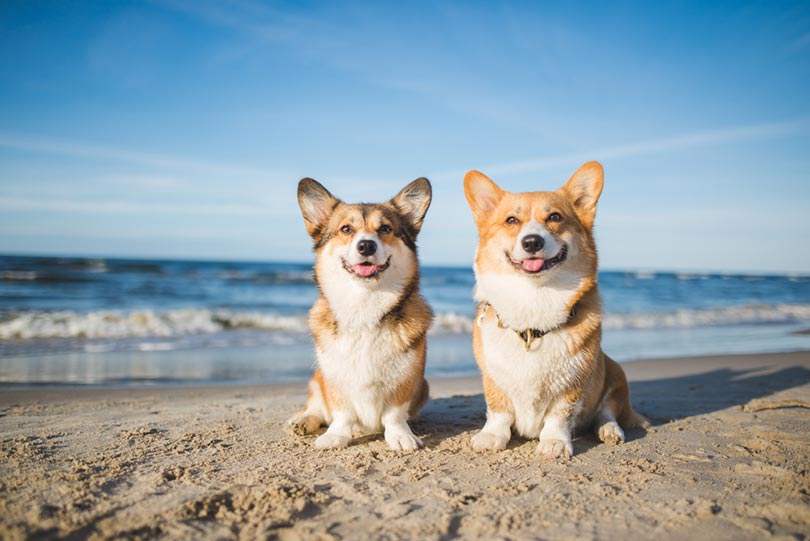
The Pembroke Welsh Corgi is one of two Welsh Corgi breeds—with the other being the Cardigan Welsh Corgi. The Cardigan is rarely seen outside its home country of Wales, however, whereas the Pembroke Welsh is a popular pet in many countries across the world. It was bred for herding and general stable and farm work and is still used for these purposes today. The unusual dimensions of the Corgi, with its short leg and somewhat barrelled chest, were introduced so that the dog could herd cattle with less risk of being kicked by an anxious cow. According to legend, the Corgi was used to carry fairies, and it still has the marks on its back that were made by fairy saddles.
Temperament and Behavior
The Corgi is a working dog, and it still retains much of its hardworking attitude and aptitude. It also has the energy requirements that go along with owning this type of herding breed. The Corgi also provided companionship to the farmer, and this has also carried over to the modern breed. The Corgi is known to get along with family members of all ages and is especially known for being good with children. It will usually get along well with strangers and also with other family pets.
Trainability
Corgis do need early training so that they know what is expected of them. Training should also be used to ensure that the Corgi doesn’t nip at heels. This is how the breed would have encouraged livestock to move and while it is done in an unaggressive manner, it may still hurt young children and should be discouraged. The breed is intelligent and generally eager to please its handler, but the Corgi can be stubborn and benefits from an experienced trainer. As with all breeds, socialization is important from a young age, too, because it teaches the dog that it can cope with any situation and get along with all people and animals.
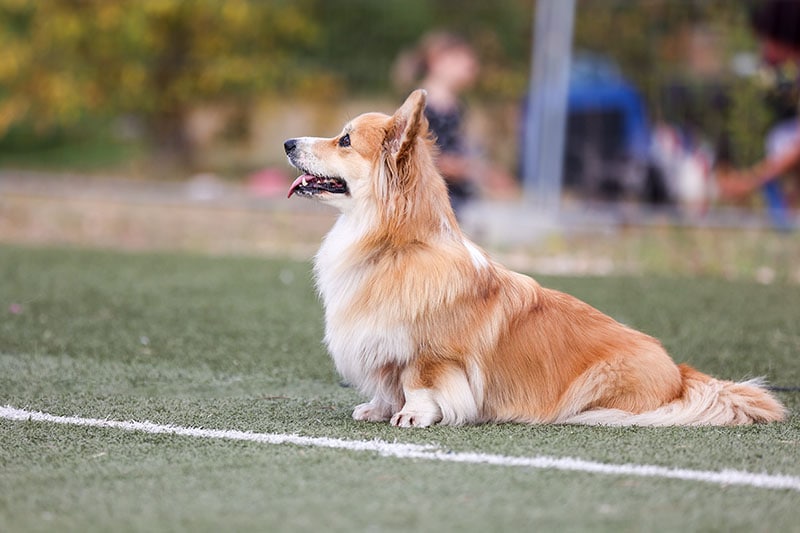
Grooming and Health
The Corgi is generally easy to care for, in terms of grooming. Its coat is thick but quite short, so while it does need regular brushing, it shouldn’t take longer than a few minutes to get rid of any knots and ensure the coat is in good condition. Hip dysplasia and elbow dysplasia are a concern, and you should ensure that the parents have been screened for these conditions. Also, make sure the dog has been checked for good eye health.
Suitable For:
The Corgi is suitable for families, including those with children, as long as the owner is able to provide enough daily exercise and regular training to ensure that the dog is well-adjusted and able to handle all situations.
- Good with children and strangers
- Generally healthy breed
- Can be easy to train
- Easy to groom
- Needs about an hour of exercise a day
- Can be prone to nipping at heels
Pomeranian Dog Breed Overview
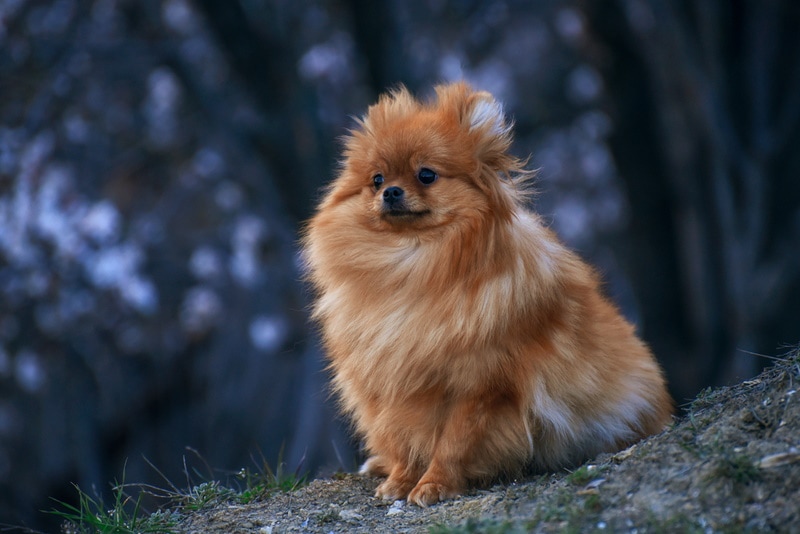
The Pomeranian comes from Pomerania, which is part of Poland. It is a spitz breed and closely related to larger sledding breeds of the region. The breed once weighed as much as 30 pounds but the average size of the breed has shrunk over the years and the modern Pom weighs around 7 or 8 pounds. The Pomeranian is a breed that can suffer from so-called “small-dog syndrome,” meaning that it will challenge larger dogs and expect to emerge victorious.
Temperament and Behavior
The Pomeranian is a lively, friendly little dog that gets along with people and can get along with other dogs. However, there is some danger that a Pom can attempt to take on larger dogs to show them who is the boss. Their alertness and inquisitive nature mean that they make good watchdogs. The small breed will get on with most people, but it tends to do best in a home with older children. The size of the breed means that one is easily trodden on or accidentally injured while playing with young children.
Trainability
The Pomeranian is clever and does like to please, which is the ideal combination that makes a trainable dog. It will be especially beneficial to train a Pom to stop barking on command or this little breed can be a nuisance barker. Early socialization is also important, and owners should especially ensure that their Pomeranian mixes with dogs of all sizes, when young, so that it will hopefully not try to challenge large dogs when older.
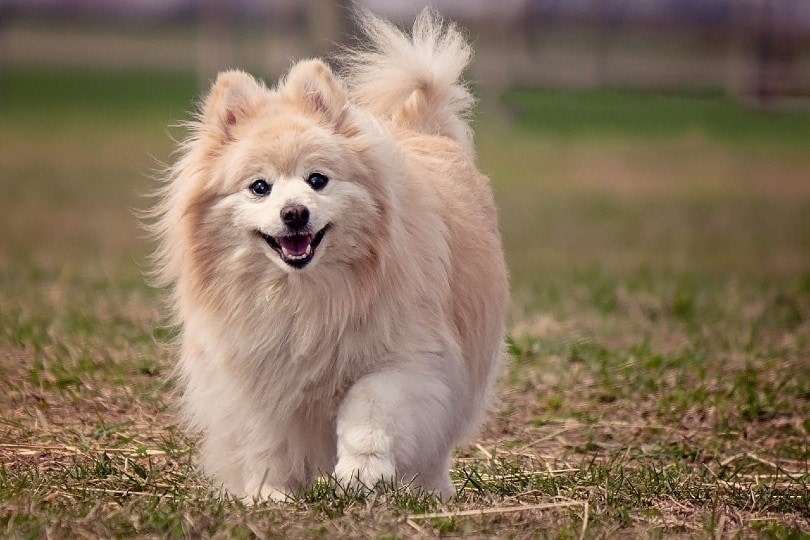
Grooming and Health
Although the breed is lively, the small size of the Pomeranian means that owners do not need to provide excessive exercise. 30 minutes of outdoor exercise should be enough, and this can be supplemented with indoor playtime, so as long as the owner can get out for a daily walk or two, the Pom is adaptable to life as an apartment dweller. Regular brushing is required to keep the coat in good condition, and you can trim the coat and bathe as often as needed, with a mild shampoo. Cut nails, if needed, and brush a Pom’s teeth at least three times a week but ideally more.
Suitable For:
The Pomeranian is a fun, lively, and loving little dog that can adapt to life in an apartment. It does need early training and socialization and because it can suffer accidental injury around very young children, it is best in families with older kids. Requiring less exercise than a lot of breeds, the Pomeranian is a popular choice for seniors, too.
- Only needs 30 minutes of walks a day
- Intelligent and relatively easy to train
- Small and able to live in an apartment
- Friendly and gets along with others
- Not ideal for small children
- Coat takes some care
Which Breed Is Right for You?
The Corgi and the Pomeranian can both make excellent pets and companions. Both are friendly dogs that will usually get along with all family members as well as strangers and even other animals, both inside and outside the house. They are intelligent and easy enough to train, as long as you start when they are young. However, there are some notable differences.
The sturdier build of the Corgi means it is better equipped for life with very small children, but it does require longer walks than the Pomeranian. The Corgi is lower maintenance, requiring less grooming and hair trimming than the Pomeranian, but the Pom’s size and the fact that it can get most of its exercise even indoors means that the Pom might be better suited to living in an apartment, although any owner will need to train their Pomeranian to stop barking on command.
Featured Image Credit: (L) Welshea, Shutterstock| (R) Trent Pickering, Unsplash

 Pembroke Welsh Corgi Dog Breed Overview
Pembroke Welsh Corgi Dog Breed Overview

